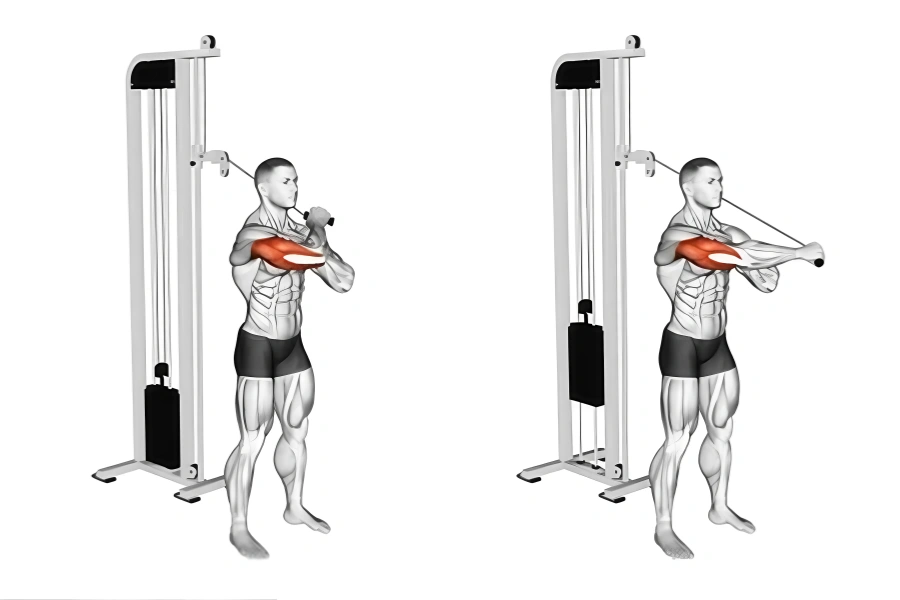An overhead triceps extension, also known as a French press, is a triceps exercise that targets the triceps muscle by extending the elbow overhead. This exercise can be performed with dumbbells, barbells, or cable machines, and can be done in a seated or standing position.
The overhead triceps extension is a popular arm exercise—but for many people, it doesn’t seem to work. You do the reps, but your triceps don’t grow. No burn. No progress.
The problem might not be your effort. It could be the variation you’re using.
Different versions of this exercise feel very different. One version might work well for you, but not for others. The right setup depends on your arm length, shoulder mobility, and even your equipment.
In this article, you’ll learn how to do the overhead triceps extension with good form. More importantly, you’ll discover which variation fits you best—so your triceps finally get the work they deserve.
How to Do the Overhead Triceps Extension Correctly
The overhead triceps extension looks simple, but small mistakes can ruin your results. Here’s how to do it the right way, step by step.
✅ Standing Dumbbell Overhead Triceps Extension (Two Hands)
- Start Position
Stand with your feet shoulder-width apart. Hold one dumbbell with both hands. Raise it overhead. Your elbows should point forward and stay close to your head. - Lower the Weight
Slowly bend your elbows. Lower the dumbbell behind your head. Keep your upper arms still. Only your forearms should move. - Stretch at the Bottom
Lower the weight until you feel a stretch in your triceps. Don’t go too fast. Control matters more than weight. - Lift the Weight Back Up
Push the dumbbell back to the top by straightening your elbows. Don’t lock your joints. Stop just before full extension.
Overhead Triceps Extension Variations
Not every version of the overhead triceps extension feels the same. Some hit your triceps harder. Others are easier on your shoulders or wrists. Try different ones to see what works best for your body.
Here are the most common variations:
💪 1. Seated Dumbbell Overhead Extension (Two Hands)
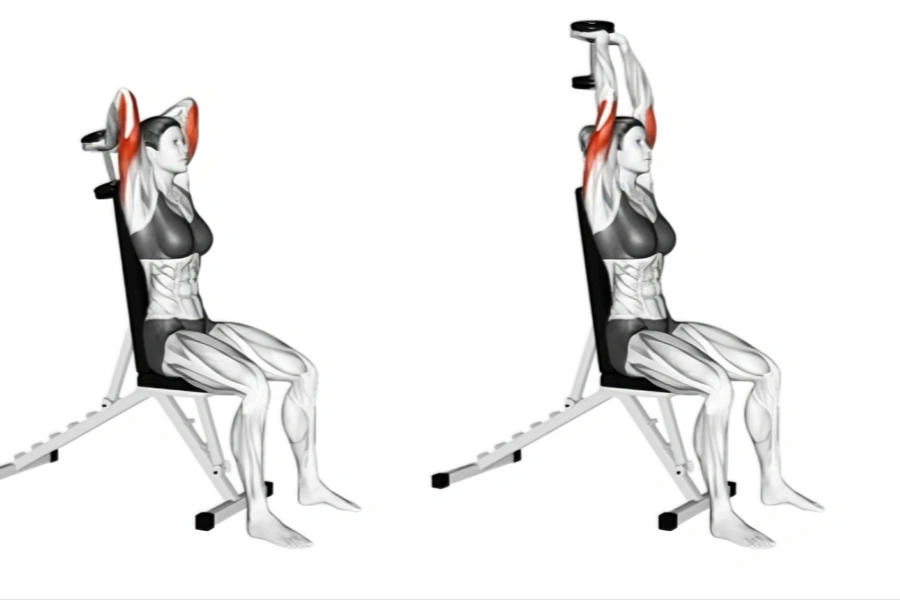
- You sit on a bench with back support.
- This helps keep your posture stable.
- Great for focusing on strict form.
Best for: Beginners or anyone with balance issues when standing.
💪 2. Single-Arm Dumbbell Overhead Extension

- You use one arm at a time.
- Helps fix muscle imbalances.
- Good for isolating each triceps.
Best for: People with uneven strength, or those looking to improve form on each side.
💪 3. EZ-Bar Overhead Extension
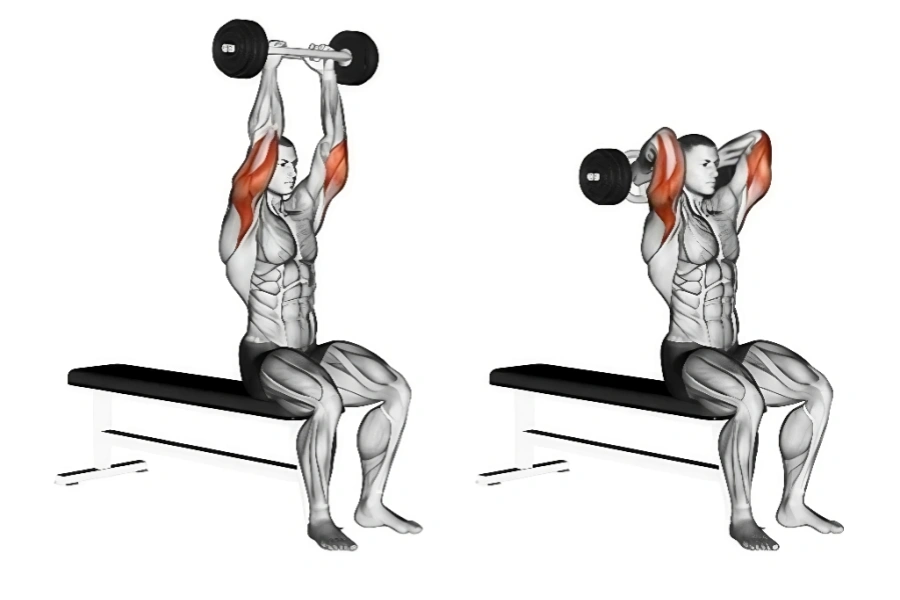
- Use an EZ-bar with a close grip.
- Easier on your wrists than a straight bar.
- Can go heavier than with dumbbells.
Best for: Intermediate lifters or those training for size.
💪 4. Cable Overhead Triceps Extension
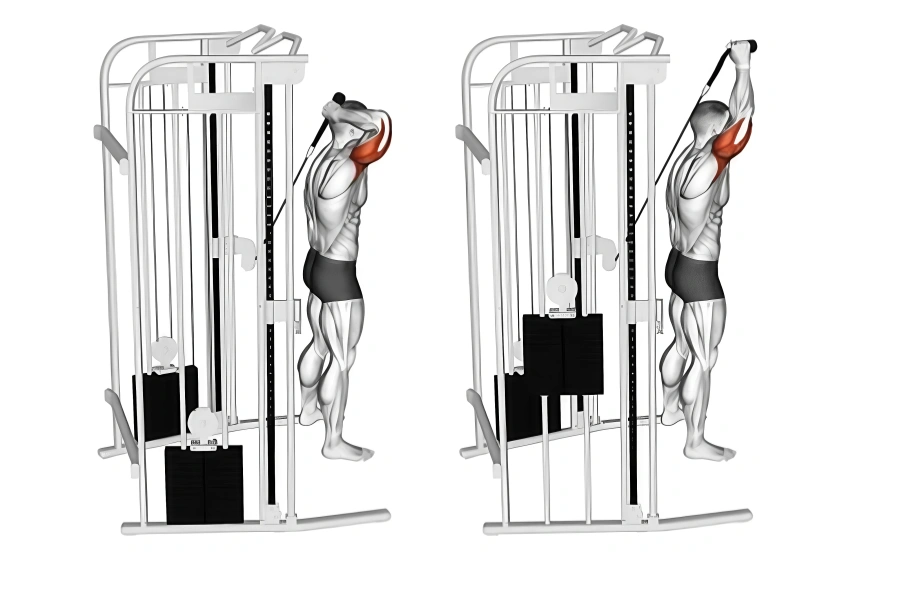
- Done with a rope and cable machine.
- Keeps tension on the muscle the whole time.
- Feels smooth and controlled.
Best for: Lifters who want maximum control and better muscle activation.
💪 5. Kettlebell Overhead Extension
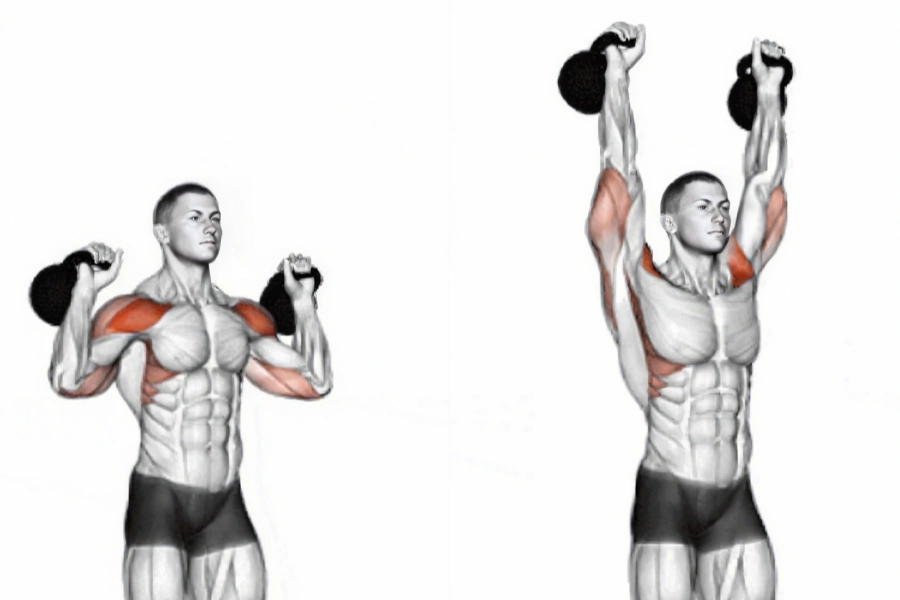
- Similar to dumbbell version.
- Handle makes it harder to balance.
- Works grip and stability, too.
Best for: People who want more control and joint stability.
🔄 Tip: Switch It Up
If one variation doesn’t feel right, don’t force it. Try another one. Your body will tell you what works. Switching things up also keeps your workouts fresh and prevents plateaus.
The overhead triceps extension works—but only if you do it right. Try different versions. See what feels best. Good form matters most. Stay consistent. Your triceps will grow if you train them the right way.
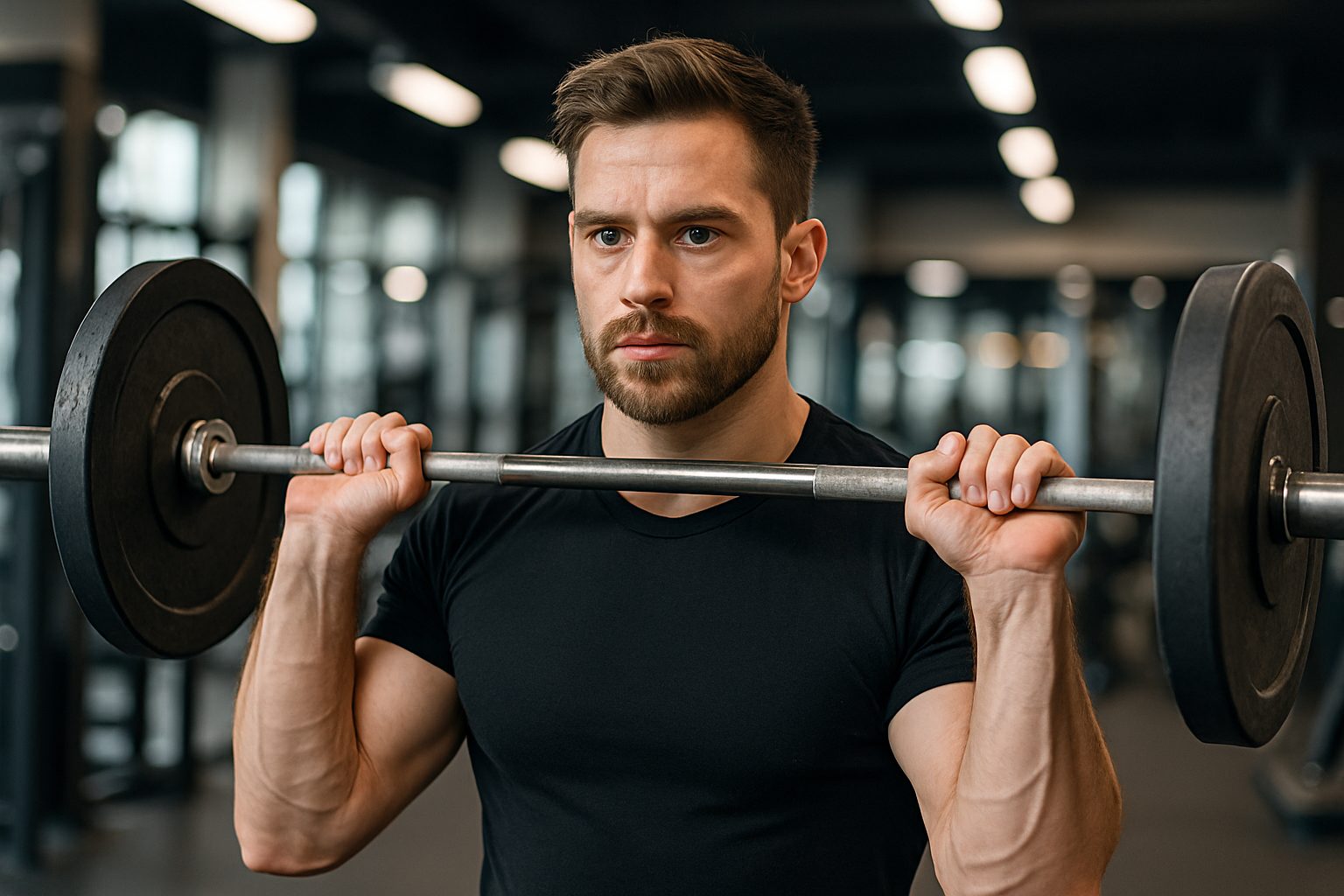
I’m Riley Williams, an editor for Leadman Fitness where we engineer bespoke strength equipment tailored to unique training goals. My expertise lies in home gym solutions, mobility tools, and injury-prevention gear, shaped by 8 years as a strength coach and rehab specialist. I know how subtle design flaws—a knurling pattern that blisters hands or a bolt that loosens mid-session—can derail progress.
I bridge the gap between our production team and everyday athletes: surveying garage gym owners, analyzing wear patterns on returned gear, and pressure-testing prototypes with physical therapists. My content cuts through marketing hype, focusing on practical fixes—whether you’re retrofitting a basement gym or sourcing commercial equipment that survives 24/7 use. If it’s in our catalog, I’ve stress-tested it myself.
